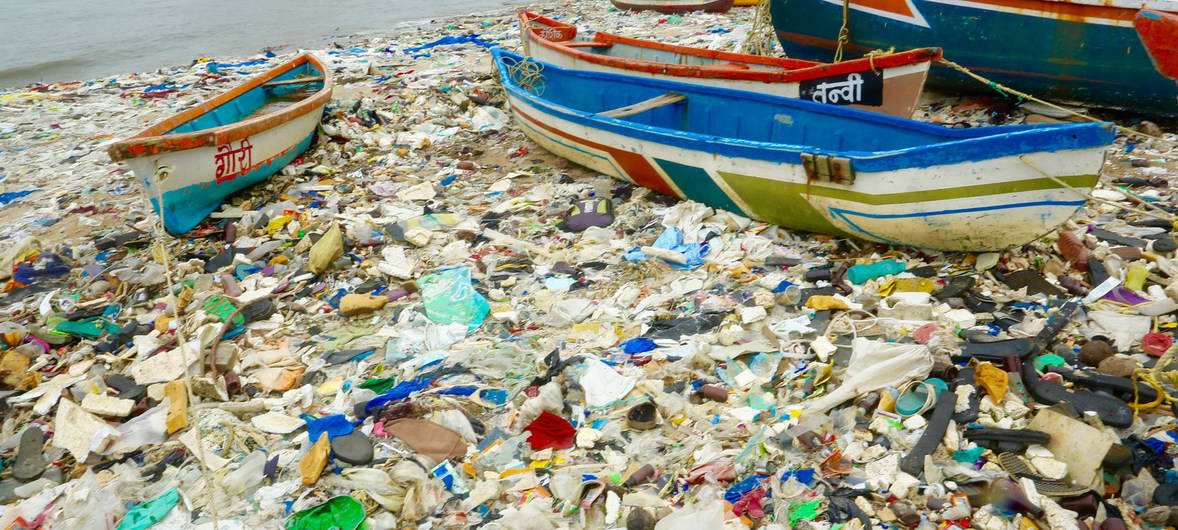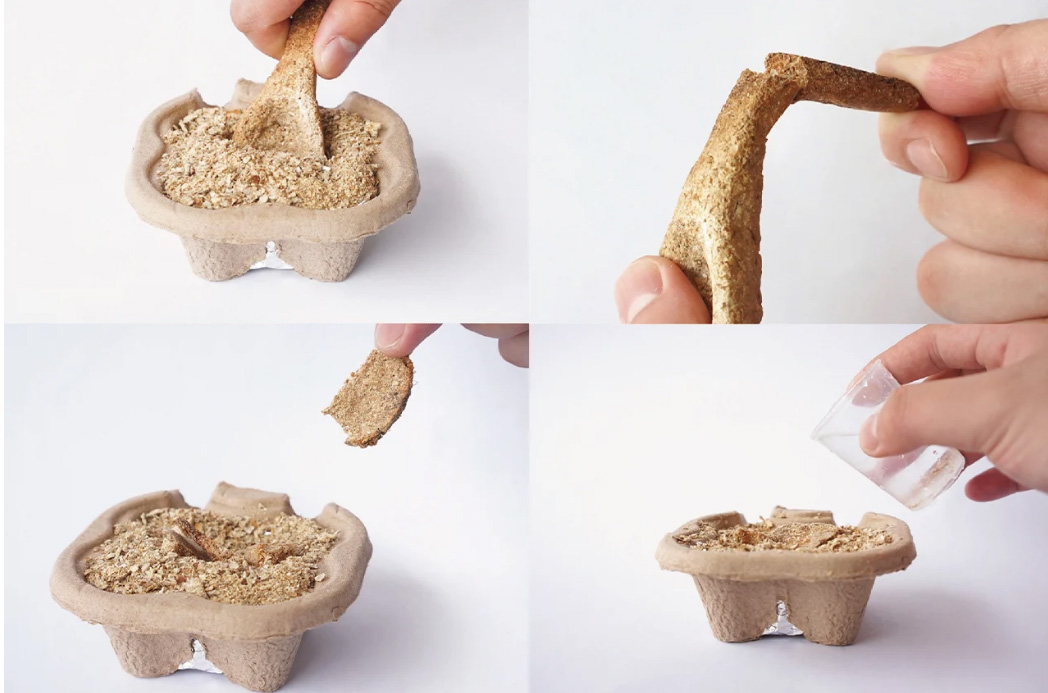Plastic is one of the biggest contributors to ocean pollution, accounting for more than 50% of the plastic waste problem. In the context of increasingly serious environmental pollution, more and more people are focus on the application of green and renewable materials. So, let's know more about some examples of eco-friendly materials today.
Pineapple Leaves
Designer eco-friendly packaging designed to interact with the design to gain a deeper understanding of seeds and plants instead of throwing away packaging!
The plantable nature of the design ensures that its life does not end immediately after consumption, and that its purpose is constantly changing before, during and after use – an idea that combines circular economy with sustainable design. Each seed is carefully selected for seamless embedding into the pineal material.
The outer packaging, a special paper made from discarded pineapple leaves, is the result of an initiative launched by the Philippine Design Center to promote local communities and resources, especially since the Philippines is one of the largest producers of pineapple fruit in the world. The design helps eliminate unnecessary waste and encourages locals to actively contribute to the conservation of Philippine flora.
"Coffee Cups" Made From Coffee Grounds
German companies has designed and manufactured a variety of eco-friendly coffee cups, and their latest creation is a to-go cup made from waste coffee grounds.
Whether at home, at the office, or on the trip, many people enjoy a cup of fragrant coffee in the morning or evening. But what to do with coffee grounds after brewing? In addition, according to the International Coffee Organization, around 600 billion paper and plastic cups are used and discarded globally each year, which is a high-profile environmental issue.
Therefore, the designer thought about using the coffee grounds to do something, instead of throwing it away. After 3 years of experimentation, he finally developed a new material that can be used to make products - Kaffeeform.

To develop the material, he collected coffee grounds from all local cafes in Berlin, dried and mixed them with biopolymers, starch, cellulose, wood, natural resins, waxes and oils, among others. The resulting composite material has several advantages: it is biodegradable, lightweight, and has the taste of coffee and the appearance of dark wood.
In 2015, Kaffeeform launched their first product, the espresso mug, followed by the cappuccino mug in 2016. In 2018, they designed and manufactured Weducer cups, which can be used to replace paper cups. Although these cups are designed for long-term use and biodegradable at the end of their service life, the whole process is green and worry-free. But Kaffeeform also offers a whole new extra: recycling cups after use and turning them into 3D-printable filament for extruding tiles or new cups. It make the best use of it.
Peanut Shell Molding
This spoon made of peanut shells is actually a seed packaging, used to package a seed, and directly use the spoon of peanut shells to plant the plant seeds to a suitable depth. Finally, the user can crush the shovel and place it in the soil, turning the scoop into fertilizer, providing nutrients to the seeds!
The best packaging design innovations always come up with creative packaging that meets sustainability and a great user experience.
If you add a groove the size of the seed on this peanut shell spoon, insert the seeds into it, and then add a scale on the spoon, so that the user can easily grasp the depth of planting seeds, and it is also easy to break. At the same time, in the production process Adding the nutrients needed by the seeds to make the seeds easier to germinate and grow, will it be more popular with consumers?
The whole process is very poetic, the product packaging has a purpose at every stage, and it does not generate any waste, it is environmentally friendly, environmentally friendly and sustainable, and there is no waste!
Apple pomace molding
According to news from Oregon State University in the United States, researchers at Oregon State University used apple pomace as the main raw material to make key progress in the research and process of producing new environmentally friendly packaging materials, which are expected to replace the currently widely used plastic packaging materials.
"Currently, apple pomace is often just composted or used as animal feed," said the study, which aims to reduce food loss and waste throughout the food supply chain. "We thought why not turn it into an eco-friendly product that meets the needs of the industry."
Apple pomace is used as a major ingredient in pulp-molded packaging products such as takeaway containers, flower pots, beverage cartons, bottles and clamshell packaging for fruits and vegetables. Use apple pomace, in part because it's readily available in the Pacific Northwest. When apples are processed into juice, approximately 70-75% of the apples go into the juice, and the remaining 25-30% are pomace.
Request A Quote
Please feel free to give your inquiry in the form below. We will reply in 24 hours.










